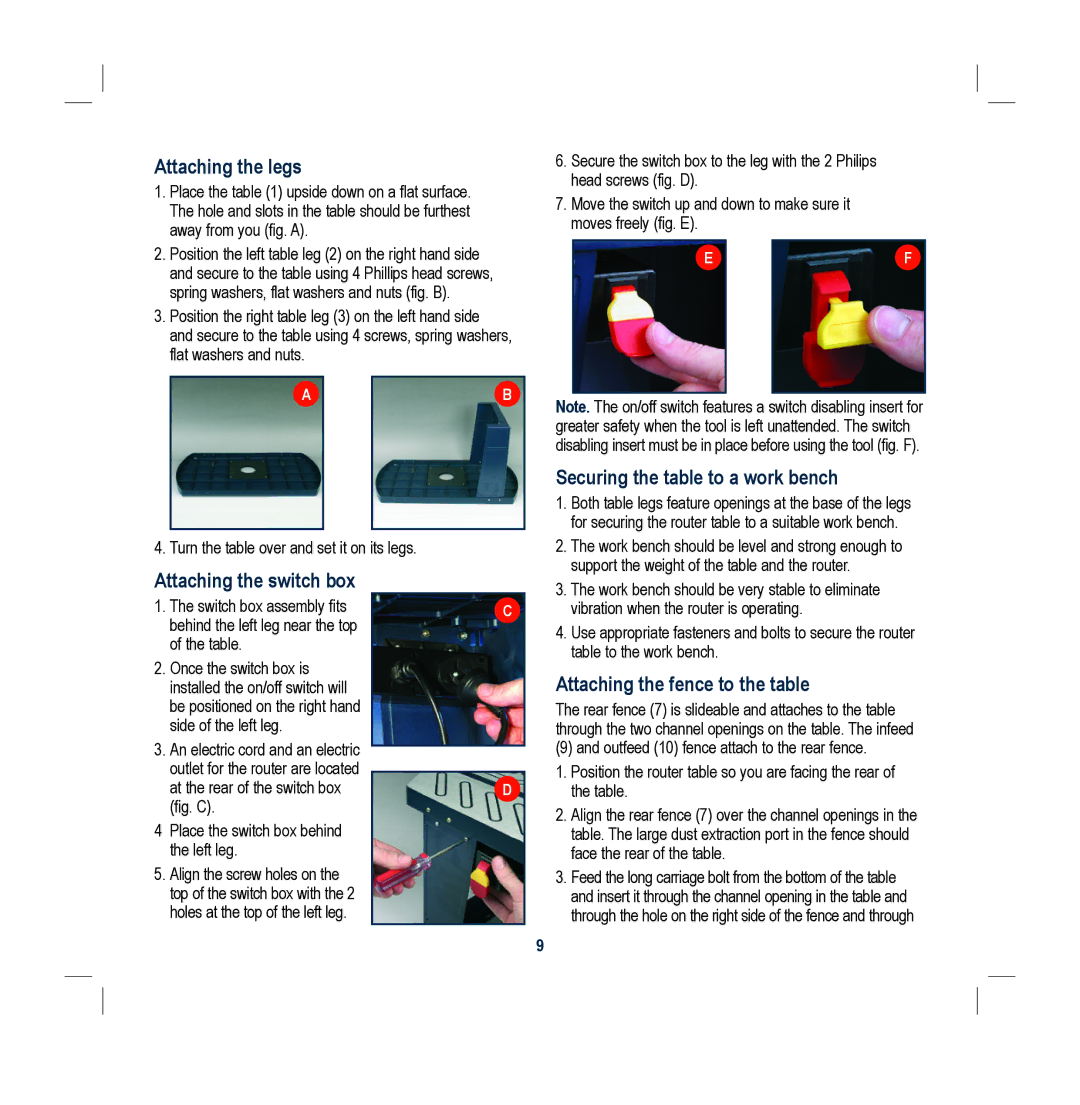RT300 specifications
The Global Machinery Company RT300 is a notable addition to the realm of advanced machinery, specifically designed for diverse industrial applications. Built to meet the rigorous demands of today's manufacturing and construction sectors, the RT300 stands out due to its innovative features, robust technologies, and excellent performance characteristics.One of the foremost features of the RT300 is its powerful engine configuration. Equipped with a high-efficiency diesel engine, it provides substantial horsepower while maintaining low emissions, adhering to environmental regulations without compromising on performance. This ensures that the RT300 can handle heavy workloads, making it an ideal choice for construction sites, manufacturing plants, and other heavy-duty operations.
The RT300 prides itself on its versatility. Designed with modular attachments, it can be swiftly adapted for various applications - from lifting heavy materials to performing intricate excavation tasks. This adaptability not only streamlines operations but also enhances productivity, allowing companies to maximize their investment in machinery.
Incorporating state-of-the-art technologies, the RT300 features an advanced control system that ensures precision in operation. The user-friendly interface allows operators to manage and monitor the machine with ease, enhancing overall efficiency. Furthermore, real-time diagnostics enable proactive maintenance, reducing downtime and increasing reliability.
Durability is another hallmark of the RT300. Constructed with high-grade materials, it is designed to withstand the rigors of harsh working environments. The robust chassis and reinforced components ensure longevity, which translates into lower operational costs for businesses over time.
Safety is a crucial concern in industrial operations, and the RT300 addresses this with comprehensive safety features. Equipped with an advanced stability control system and multiple sensors, it minimizes risks of accidents while operating on uneven terrain. The ergonomic design of the operator’s cabin also provides improved visibility and comfort, thus enhancing safety while reducing operator fatigue during extended use.
In summary, the Global Machinery Company RT300 represents a significant advancement in industrial machinery. Its powerful engine, versatile attachments, advanced control mechanisms, robust construction, and comprehensive safety features combine to create a reliable and efficient machine. These characteristics make the RT300 a valuable asset for any company looking to enhance its operational capabilities in a competitive landscape.

